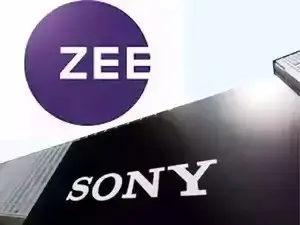Fox Unveils ‘Fox One’ Streaming Service, Set to Launch Before NFL Season
Fox Corporation has officially announced the launch of its direct-to-consumer streaming platform, Fox One, which is expected to go live ahead of this year’s National Football League season. The announcement came from CEO Lachlan Murdoch during the company’s quarterly earnings call on Monday. While the company has not yet disclosed an exact price point, Murdoch indicated that Fox One will adopt a wholesale pricing model—mirroring what pay-TV providers currently pay for Fox channels. Importantly, existing cable TV subscribers will receive access to the service at no extra cost. Murdoch emphasized that Fox One is not intended to undercut the traditional cable ecosystem. “It would be a failure if we attracted more connected subscribers at the expense of our cable base,” he said, underlining Fox’s commitment to retaining its linear TV audience while expanding into digital. Fox also plans to pursue strategic collaborations with distributors and third-party platforms to broaden access to Fox One. The media giant, known for Fox News and an expansive sports lineup, has until now lagged behind competitors in the direct-to-consumer space. Although it currently operates niche services like the Fox Nation subscription app and the free, ad-supported platform Tubi, Fox One marks its first attempt to unify all its content under one streaming banner. This move follows Fox’s recent decision to exit the proposed joint sports streaming venture, Venu, which was being developed alongside Warner Bros. Discovery and Disney. Unlike its partners—both of which already offer sports via streaming platforms like Max and ESPN+—Fox had yet to launch a comprehensive subscription-based streamer. Meanwhile, ESPN is gearing up to introduce a new flagship app, which will mirror its cable channel’s offerings and is expected to be officially named ESPN, according to recent reports. Source: CNBC Image credit: Getty Images
Fox Unveils ‘Fox One’ Streaming Service, Set to Launch Before NFL Season Read More »




